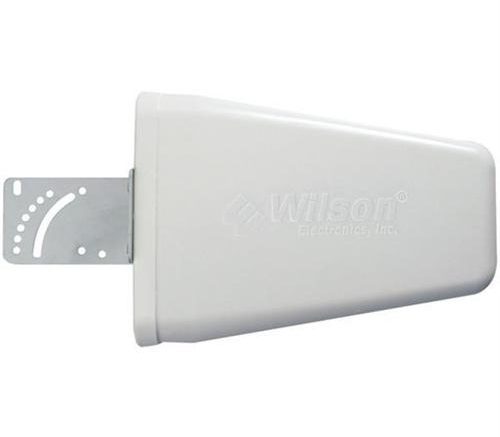If you’re putting in a large cell booster system, you’re going to have multiple antennas. Of course, you’ll choose a very powerful booster kit that gives you the power you’ll need, because adding more antennas makes every one less powerful. If you use four antennas instead of one, each antenna will have just one-fourth the boosting power, or 6dB less power from an engineering point of view. You’ll also lose 1-2 dB from the combination of splitter and cable, and that makes placement of the antennas really important.
What’s the rule?
There’s no hard and fast rule for antenna placement but this: they can’t be too close. If the antennas are less than 15 feet apart you run the chance that they will feed back on each other and the booster will automatically reduce the power to each antenna. This pretty much eliminates the benefit of a booster.
Unless you have sophisticated measuring equipment, it’s really hard to know what service you’re getting. Your phone’s “bar display” is usually pretty frustrating because it doesn’t tell you what radio it’s reading from, and even the built-in test modes on your phone don’t do a terribly good job.
My rule of thumb
My rule of thumb is that antennas should be 35-50 feet apart or more if you’re looking at an open space like a warehouse or cubicle farm, less if you are looking at boosting through walls. The best thing to do is not to make assumptions. Start with one antenna and try making calls from different distances. When you’re actually making a call, the bar display usually shows your voice signal level. Turning off cellular data will also help you know that you’re looking at the voice frequencies. When you start to see that you’re getting two or three bars when making a call, put the next antenna half the distance further than you’ve walked. In other words, if you find that service begins to drop off after you’ve walked 30 feet, put the next antenna 45 feet from the first antenna. This should give you good coverage in that spot and avoid feedback. It will also give you an idea of how far apart to place other antennas. Of course this method only works if you’re dealing with a space that’s pretty uniform in the way it’s built.
A note for commercial users
If you’re using a commercial system with more than two antennas, make sure that all antennas are about the same distance away from each other. Here’s a scenario. Imagine two antennas are both 50 feet from the base but only six feet from each other. You’re going to have problems with this installation as well. An installer who is hired to do this sort of thing usually starts with blueprints of the area. They will make sure that every antenna is far enough away.
Of course, the other issue is that the more cable you have, the more loss you get from that cable. The FCC created rules that went into place in 2014. They mean that regular folks can’t buy line amplifiers for cellular boosters. That means once that signal is lost to a long cable, it’s lost. Signal loss through the cable shouldn’t be a major issue in runs under 100 feet, especially if you’re using weBoost’s low loss cable. Beyond 100 feet, you really should be thinking of a second booster. Yes that’s more expensive but it really is the best solution.
Get the cell booster you need
You’ll find the best selection of cellular signal boosters when you shop at Solid Signal. We have boosters for spaces as small as a compact car and as large as a super-sized warehouse. Our staff is ready to help you find the right booster! Call us at 888-233-7563 or, if it’s after East Coast business hours, fill out the form below.





